Unlock Your iPhone’s Potential: Mastering iPhone Mirroring on macOS 15 Sequoia
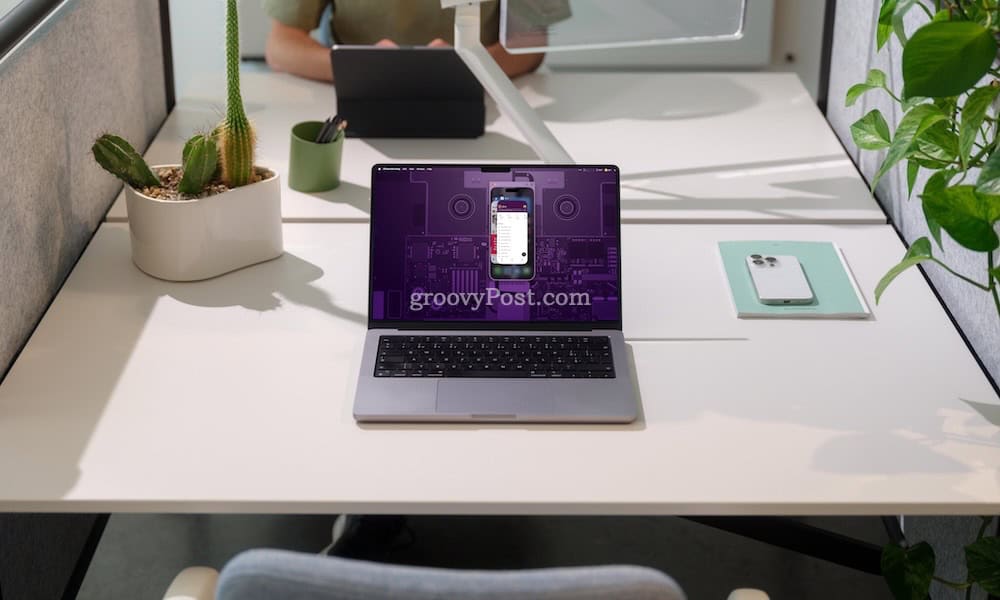
Did you know macOS 15 and iOS 18 allow you to do iPhone mirroring between your iPhone and Mac? Check out how it works.
I love the way Apple devices are so interoperable. The way my iPhone and Mac talk to each other and work side by side is almost magical. It’s frustrating, though, when I’m in my groove on my Mac, and an important notification pops up on my iPhone. Beginning with iOS 18 and macOS 15 Sequoia, the new iPhone Mirroring app solves all of that. Here’s how to use it for those times when you just don’t want to break away from your Mac to take care of a notification on your iPhone.
Getting Started With iPhone Mirroring on macOS
To use iPhone Mirroring, you need to be running macOS 15 on a Mac with Apple silicon or an Intel-based Mac with a T2 Security Chip. Your iPhone must be running iOS 18, and both devices need to be signed into the same Apple ID using two-factor authentication. Both should be near each other with Bluetooth and Wi-Fi turned on, and the Mac cannot be using AirPlay or SideCar at the same time.
After removing those requirements, here’s how to start using the feature between your iPhone and your Mac.
- Launch the iPhone Mirroring app from the Applications folder. It may already be on your Dock.


- Click Continue to proceed with setting up the connection.

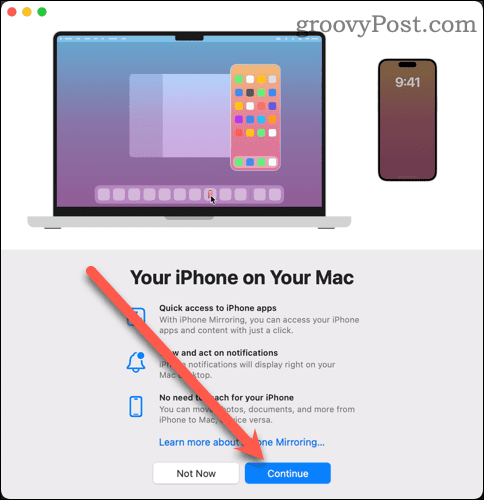
- If you have multiple iPhone devices nearby and macOS doesn’t select the correct one, you can configure the specific device to use in System Settings > Desktop & Dock > Widgets.
- You’ll be prompted to unlock your iPhone using its passcode to authenticate. Don’t worry, this is a one-time verification.


- Once connected, a message tells you the feature is ready to use. Click Get Started to proceed.

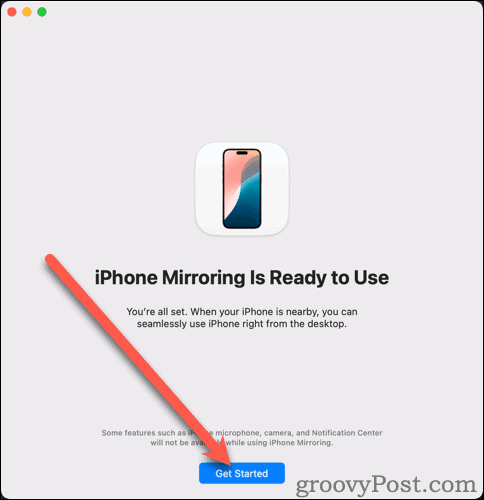
- Finally, macOS will prompt you to verify with Touch ID or your Mac’s password to log in and connect to your iPhone.

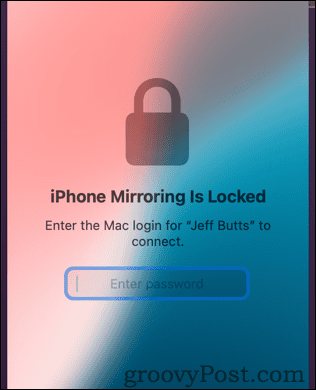
- If you don’t want this additional security step every time you use the app, go to iPhone Mirroring > Settings and select Automatically Authenticate.

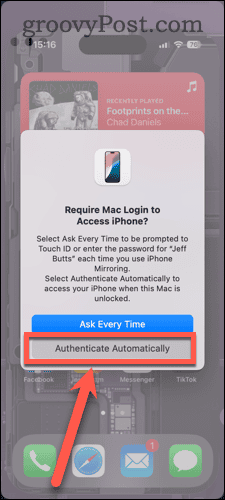
How to Use iPhone Mirroring
Once you have the connection set up, you can use iPhone Mirroring to control your smartphone from your Mac.
- Make sure your iPhone is locked. If you try launching iPhone Mirroring while your iPhone is unlocked, a message will tell you the iPhone is in use.
- Launch the iPhone Mirroring app on your Mac.
- Now you’ll be able to navigate your iPhone using your mouse or Magic Trackpad.
- To access the App Switcher or return from an app to the Home Screen, move your mouse cursor just above the iPhone screen until a menu bar appears. The right-most icon in that menu bar launches the App Switcher, while the icon showing a grid of squares returns you to the Home Screen.

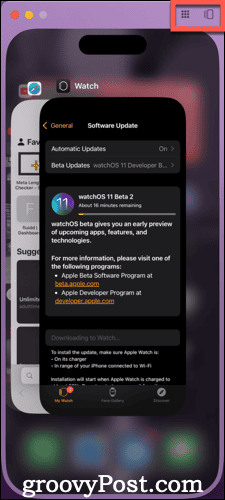
- The two-finger swipe gesture works within apps to scroll up and down. As of this writing, there does not seem to be any way to scroll up and down using a third-party mouse.
While there’s no direct way to put your iPhone in landscape mode, individual apps can do so. As you can see in the below screenshot, watching a YouTube video in full-screen mode switches iPhone Mirroring into landscape orientation.

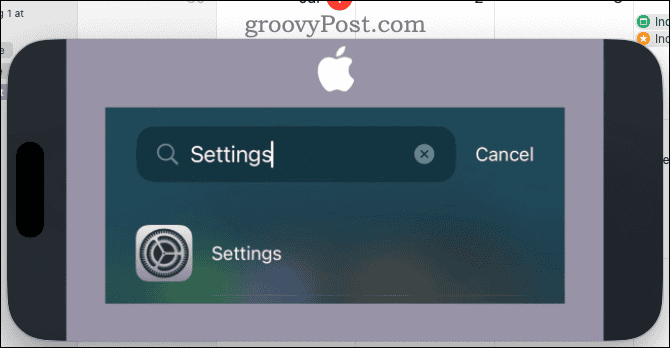
You’ll find that iPhone Mirroring does not support access to Control Center, Notification Center, or Siri via the iPhone. You can also use these keyboard shortcuts for specific actions:
- Command+1: Home Screen.
- Command+2: App Switcher
- Command+3 Spotlight
These shortcuts are also available via the iPhone Mirroring menu bar under View.
When you receive a notification on your iPhone, that same notification will appear on your Mac. You can click or tap the notification and iPhone Mirroring will open to the appropriate app.
Sharing Files Between Your Mac and iPhone
While Apple touted drag-and-drop support as one of the highlights of iPhone Mirroring, the feature is not yet available. Apple states it will come later this year, but we don’t know if that means a future build in this beta cycle. Apple could delay the functionality until the first iOS 18.1 beta build.
Even without that feature live, I still find plenty of use for iPhone Mirroring in my daily routine. Some app notifications would require me to pick up my iPhone, disrupting my flow. Now, however, I can just click on the notification from my Mac to take care of it.
Leave a Reply
Leave a Reply


















